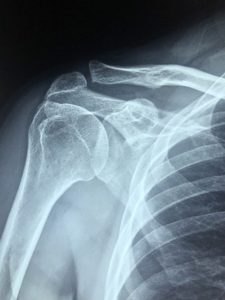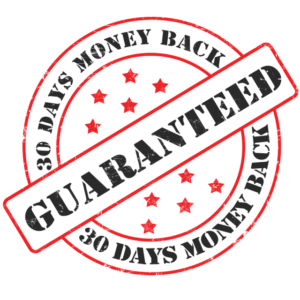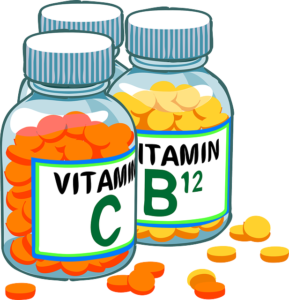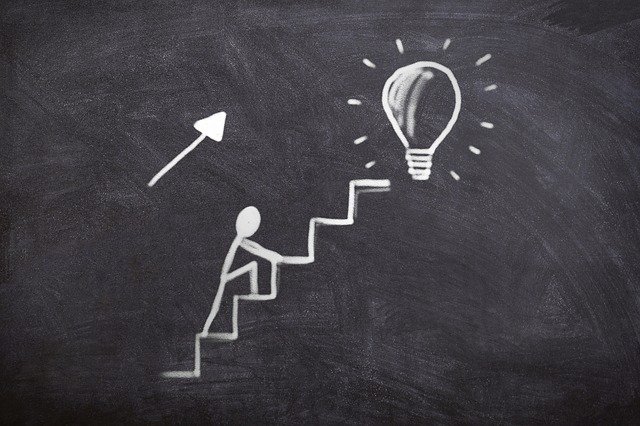The pain relieving expert is confident:Eye pain, neck pain and headaches and cases where the dioptric number of the glasses used has not had to be increased for 8 years. Too good to be true, if that were true, wouldn’t it? In order to say you’ve climbed the mountain, you first have to make your way up. Right? Shall we get going?
We can no longer get by in our modern everyday lives without the use of digital devices and their flickering screens: several hours a day in front of the PC, children and young people increasingly spend their free time in front of the laptop, the TV or video consoles even after school. In addition, the smartphone is in constant use. The problem then usually appears in the middle of the day or in the evening. How?
Eye pain, but also headaches, neck tension and also back pain. The eyes are surrounded by a total of six different eye muscles. Light rays fall through the pupil and are focused by the curved lens behind it. It is flexible and can change its shape by muscle contraction. This means that objects can always be seen sharply.
Normal biological eye movements are restricted because we look neither to the left nor to the right. We also no longer look into the distance. Instead, we sit too close to the flickering screens and focus our gaze on the work in front of us. Now, if by staring fixedly at the screen(s) during the day, the eyes are “forced” to look at one point for a very long time, what happens to the muscles around the eyes?
What is the effect of not making compensatory movements with the eyes as is normally biologically intended? It starts to hurt. Why? What happens to the arm when you try to hold a water bottle with it on your outstretched arm? It starts to burn. Already after 5 minutes. Right?
Now multiply this one-sided strain on the eye muscles by a year and decades. Could it be that the limit of the muscles in the eyes is reached faster and faster? No problem, there are glasses. That does not solve the fundamental cause. The lack of movement of the eye remains and makes the muscles and fascia around the eye unyielding. These are permanently under tension, causing the eye muscles to cramp. The result – pain. Doctors speak of the so-called “computer vision syndrome”.
So it must happen quite frequently to give it a name. ![]()
There is a tendency for the strain to become even more in the future, since almost everything now works through the kind of media we use. And the complaints will appear earlier and earlier in life. Comprehensible? Is it possible to “re-train” the muscles in the eyes? So the 6 muscles, around the eyes. Yep. Can be. Can the person just integrate something like that into their own life? That too can be done easily. With 10 minutes of daily effort. I think it can be done somehow, right?
Let’s move on to a person who has needed glasses sometimes for 8 years. For 8 years, the dioptric number has not increased. How often does that happen? To those who wear glasses – no adjustment of the lenses for 8 years – is that realistic?
What if this person, whenever sitting on the toilet, does the needed exercises. There’s not much else to do, in this time. ![]() What can I, as a practitioner, do for the client here?
What can I, as a practitioner, do for the client here?
Well, first of all I can reduce the pain so that the first adjustments are possible at all. In this case, the associated eye, head and neck pain. From the client’s point of view, what is the point of coming back to me every time the eyes hurt? Wouldn’t it make more sense to be in control yourself?
That’s what you pay me for in the end, that you eventually (if possible quite quickly) get control over your pain again. I invite you to ask me questions. How about it?
You can find more information on my homepage. And how you get in contact.
See you next time. Stay strong.
Matti













